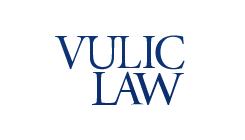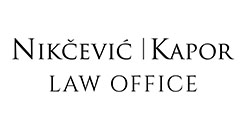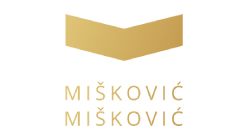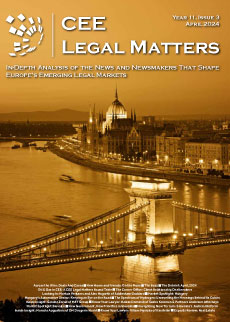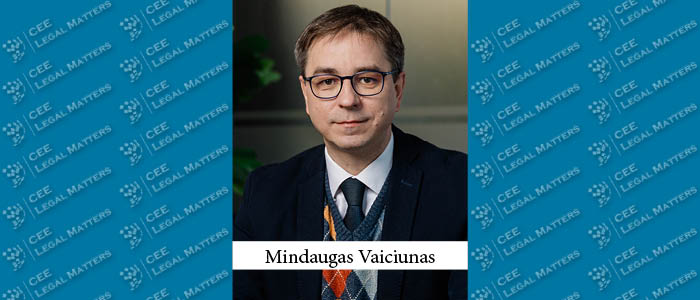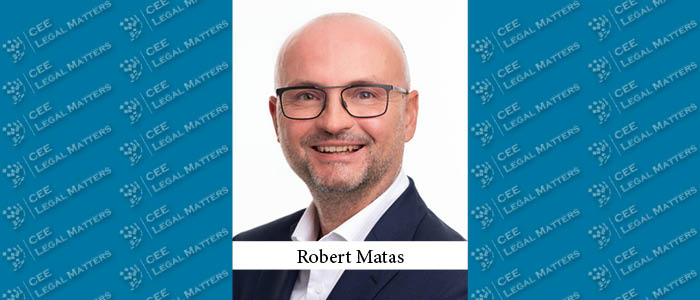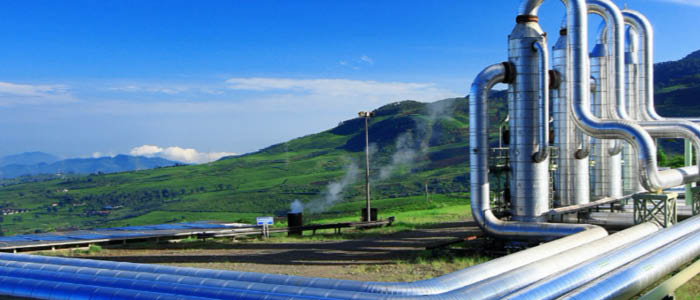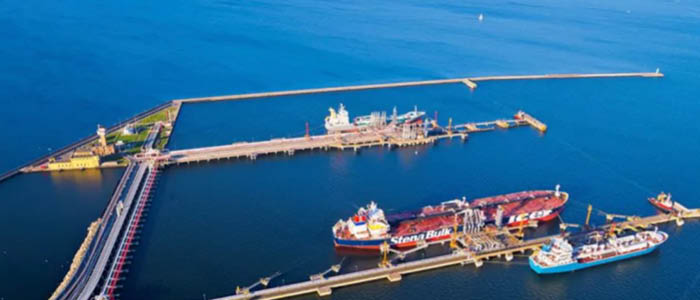Background
Serbia currently has around 250 exploitation fields where mining activities are undertaken, in addition to around 100 exploration fields where some of the world’s largest mining companies are present. Foreign mining companies invest between $10mil and $100mil on a yearly basis on geological explorations in Serbia.
Various localities in Eastern and Western Serbia, including Jadar, Bor, Kolubara and Sjenica basins have been identified as locations of interest by the Government of Serbia and investors alike, containing large reserves of coal (lignite) and reserves of copper, zinc, jadarite, silver and gold, ranging from considerable to substantial.
Simplifying procedures for obtaining exploration and exploitation permits remains the key priority for attracting additional mining investors to Serbia. Law on Mining and Geological Exploration (2015) (“the 2015 Law”) came into force on 16 December 2015 and has been hailed by the professional community as a step in the right direction.
The 2015 Law: An Overview
All companies and other legal entities, including individuals and entrepreneurs, currently undertaking mining exploitation and geological explorations must bring their business activities into compliance with the 2015 Law by 16. December 2016.
Annual mining rental fees have not been changed as that issue will be addressed by a new law on compensations, currently being prepared by the Ministry of Finance. Equally relevant to the compensation issue, the Government passed a regulation in November this year, specifying the manner of compensation payment for 2016 (quarterly and at the end of a year) for usage of raw minerals and geothermal resources.
The 2015 Law drew some criticisms for imposing restrictions on the right to strike in mine shafts, or in other objects or locations having potential to endanger lives and health of people. The right to strike in a commercial entity performing exploitation under the 2015 Law is now realized subject to the precondition that security of objects, machinery and installations, as well as security and wellbeing of people are maintained for duration of a strike.
According to Law on Mining and Geological Exploration (2011) (“the 2011 Law”), local municipalities were tasked with issuing permits relating to geological explorations and exploitation, albeit with very modest results. In that respect, only around 20 percent of local municipalities had been compliant with the 2011 Law. Vast majority of local municipalities cited lack of human and financial resources for incapacity to fulfill their obligations under the 2011 Law, relating to issuance of permits.
All mining (exploration and exploitation) permits are now to be issued by either the Ministry of Mining and Energy (“the Ministry”) or a competent body of an Autonomous Province (“Provincial Authority”) , in cases where raw minerals are located at territory of an Autonomous Province.
The 2015 Law introduces mineral resources of strategic importance for the Republic of Serbia:
- Oil and Gas
- Coal
- Copper and Gold
- Lead and Zinc
- Boron and Lithium
- Oil shale
- Other raw minerals, as determined by the Serbian Government
The 2015 Law now sets more precise policy framework, comprising (amongst other goals and considerations) of development plans for both geological explorations and mining. The policies and development plans are to be premised on application of latest technological advances and ensuring workplace safety and health protection of employees, in line with regulatory framework of the EU.
In addition, it provides more comprehensive requirements relating to expertise, qualifications and experience of persons engaged in geological explorations.
It further stipulates that the Minister is to define precise conditions, criteria and project content for all types of geological explorations.
The 2015 Law now prescribes that geological explorations of mineral resources for obtaining natural construction materials are conducted on the basis of obtaining the Exploration Permit issued by the Ministry or Provincial Body. This important novelty introduced is quite significant, as local municipalities are no longer in position to grant the Exploration Permit.
The 2015 Law mandates that the Exploitation Operator is now under obligation to secure expert supervision of raw minerals exploitation as well as supervision for duration of all mining activities.
In addition, the 2015 Law envisages that exploitation of non-metallic raw minerals is done by obtaining the Exploitation Permit by either the Ministry or Provincial Body, providing to the Ministry or Provincial Body all relevant documentation that shall enable the Ministry or Provincial Body to issue the Exploitation Permit, in consideration of all material information.
The 2015 Law is now also more flexible by stipulating that should any deficiencies be discovered during construction of mining facilities, the period for addressing and rectifying such deficiencies is extended from 90 days under the 2011 Law to 180 days under the 2015 Law.
Finally, the 2015 Law contains a newly introduced provision that corporate bodies may also apply for and receive the Exploration Permit. Pursuant to the 2011 Law, only individuals were afforded the right to apply for and be granted the Exploration Permit.
Concluding remarks
The main novelties introduced by the 2015 Law are visibly aimed at shortening procedures for issuance of all types of permits. The 2015 Law is compliant with EU law and provides an improved foundation for such shortening and simplification of issuance procedures. Considering that the Ministry stated that the new waiting period for completion of permitting process is likely to fall within the range of 6 and 12 months, this will be an admirable improvement if it materializes in practice. The elimination of local municipalities in the permitting process now needs to be justified by improved professional responsiveness of the Ministry and Provincial Authorities within their respective domains, taking full professional responsibility for facilitating improvement of Serbia’s investment climate in the mining sector.
By Janko Nikolic , Attorney at Law and Ksenija Popic, Junior Lawyer, JPM Jankovic Popovic Mitic











